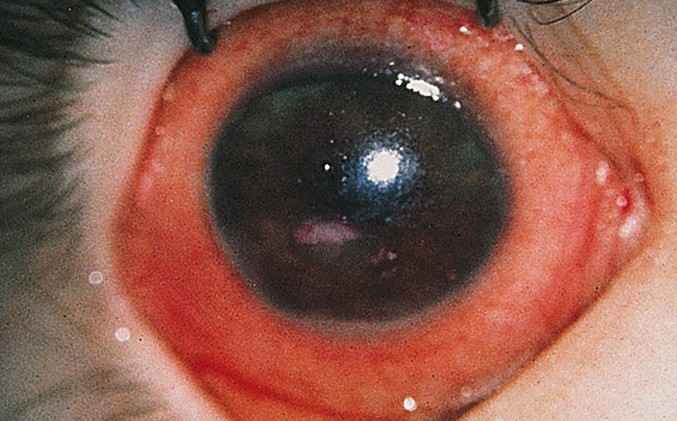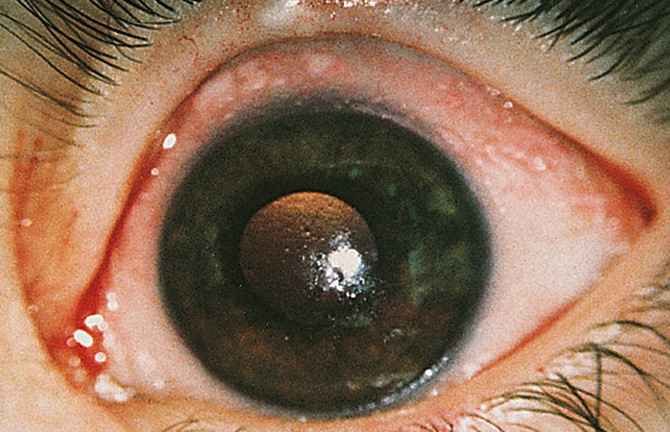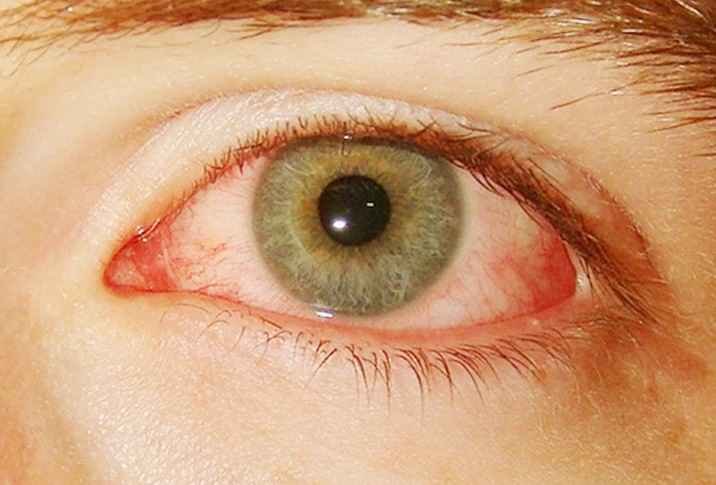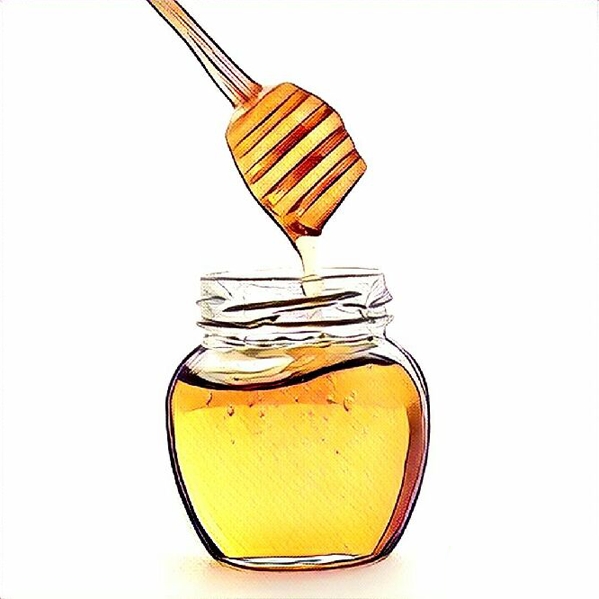What is Xerophthalmia?
Xerophthalmia is a condition that affects the vision of a person. It is a dryness of the eyeball considered to be abnormal which is also often characterized by conjunctivitis. Note that conjunctivitis this time is caused by tears deficiency which is often characterized or attributed to the lack of vitamin A. It is important to note that when there is a lack of Vitamin A in the system, it can dry out the tear duct and eyes. In addition, Xerophthalmia can lead to blindness especially the one known as night blindness. It can also cause much more serious damage to the area known as Cornea which is the outer layer of the eye. The damage caused by Xerophthalmia can take a form of the eyes having white spots and ulcers on the corneas. In most cases, vitamin A therapy is usually what is normally used in trying to reverse the case of Xerophthalmia.
Symptoms of Xerophthalmia
- People who suffer from this kind of problem have the thin lining of their eyeball and eyelid known as Conjunctiva getting dried out. When it dries out, it begins to thicken and wrinkle sets in. These causes various symptoms.
- One of the earliest symptoms being associated with Xerophthalmia is night blindness which refers to the inability for the person to see in dim light. In fact, there are some organizations that use the number of night blindness cases to extrapolate the deficiency of vitamin A in targeted populations.
- Other symptoms include redness of the eye, itching sensation in the eye and light sensitivity.
 The symptoms of Xerophthalmia continues to progress in such a way that enable lesions to form on the cornea. It is important to note that the tissue deposits are known as Bitot’s spot. Another symptom of this condition is the corneal ulcer and part of it start getting liquefied and this is what then leads to blindness.
The symptoms of Xerophthalmia continues to progress in such a way that enable lesions to form on the cornea. It is important to note that the tissue deposits are known as Bitot’s spot. Another symptom of this condition is the corneal ulcer and part of it start getting liquefied and this is what then leads to blindness.
Causes of Xerophthalmia
The main cause of Xerophthalmia is known to be lack of Vitamin A. It is important to note that in normal circumstances, your body does not really produce vitamin A automatically rather Vitamin A is normally obtained from the food you eat. When it comes to vision, vitamin A is one ingredient that must be present in the sense that it is part of the protein that works to absorb light in the retina receptors. Besides, vitamin A is also useful in the functioning of other parts of the body like the kidney, lungs and heart.
Due to the abundance of animal products which tend to be a source of Vitamin A, Xerophthalmia is not very popular in developed countries. However, it can be seen often in developing countries especially since animal products are somehow limited.
Diagnosis
The diagnosis of xerophthalmia can be said to be straightforward. The diagnosis will involve a physical examination. In addition, the doctor is likely going to ask about your diet and the symptoms you are getting. However, if you are having a clear symptoms like night blindness, it is possible for the doctor to prescribe a vitamin A therapy even before carrying any other form of tests. In some cases, corneal ulcers that arise due to Xerophthalmia has been attributed to bacterial infection and in some cases antibiotics has been prescribed. Whatever the case, it is important to carry out further tests to ascertain the level of vitamin A deficiency.
Xerophthalmia Treatment
Xerophthalmia first line of treatment has always been attacking it with vitamin A supplement. It is important to note that vitamin A can be taken orally or through an injection into the system. When taking in vitamin A, the dosage is always varied according to the general health condition of the patient. Another factor to consider when taking Vitamin A supplement to treat Xerophthalmia has to do with the age – this is because age has a lot of role to play when taking vitamin A supplement as dosages will vary according to the age of the patient.
Since one of the problems surrounding xerophthalmia has to do with the damage of the cornea, it then means that there is a possibility of infection. Cornea is always coming at the advanced cases of the disease and in this case, antibiotics may be prescribed for the purpose of preventing what will be a secondary infection in the system. In addition, the patient will be expected to keep the affected eye covered at least until the lesions is healed.
It is important to note that Vitamin A supplement when taken in the right dosage has the ability to make a reversal of the Xerophthalmia symptoms. In children, they help not only in reversing the symptoms but also help in the protection of other childhood diseases from affecting the children.
Treatment of Xerophthalmia can also be preventive in nature. For example, in area where there is high rate of the disease, vitamin A supplements can be given to people to prevent the disease from happening in the first instance. Going the preventive route especially in areas where there are high incidence of this diseases tend to be a low cost way of avoiding the effect of this disease. It is important to note that xerophthalmia is a serious health problem and must be given adequate attention it deserves as it can lead to death.
Another way or area to look at in the treatment of Xerophthalmia is in nutrition coverage. The knowledge of what to take into the system in terms of food will go a long way in treating and preventing the disease. There are foods that are fortified with vitamin A and people are encouraged to make use of them. Some of these foods include milk, grains, oil and fats. In addition, golden rice may also provide a good source of vitamin A, however, there is no consensus on its suitability since it is a genetically modified food.
You can also treat the symptoms and this will involve using an artificial tear like eye drops. You can also use humidifies to increase the humidity of the environment and wear glasses when outdoors.
Xerophthalmia Pictures
Wondering how Xerophthalmia looks like? Take a look at these pictures of Xerophthalmia:

Prevention
Note that Xerophthalmia can be prevented and the chances are high. The prevention will involve taking some concrete steps to ensure that the disease does not happen. It is targeted at children which is one of the highest risk groups in this case. Prevention is mostly achieved in certain age and it will involve some periodic administration of vitamin A supplements according to the age. The recommended schedule for the administration of vitamin A supplement include 100,000 IU which is given orally every 3 to 6 months mostly for infants that are 6 to 12 months old or those that are weighing less than 8 kg. The prevention dosage for children up to 1 year but under 6 years are to be given 200,000 IU in oral form at least every 6 months. Then for infants that are not up to 6 months old and are not being breastfed, a dosage of about 50,000 IU can be given to them before they get up to the age of 6 months.





